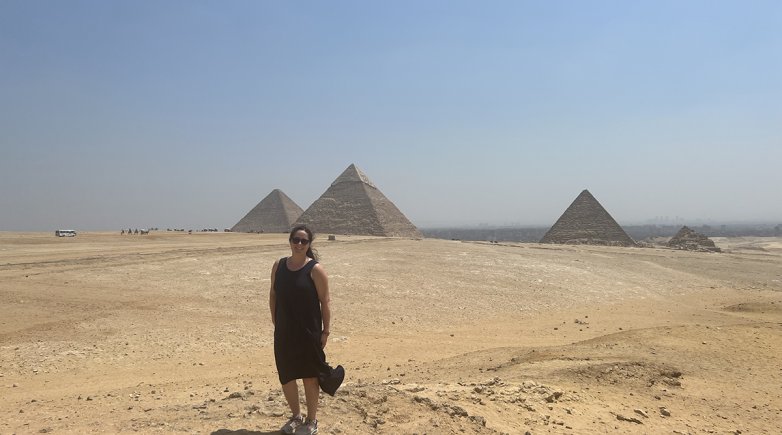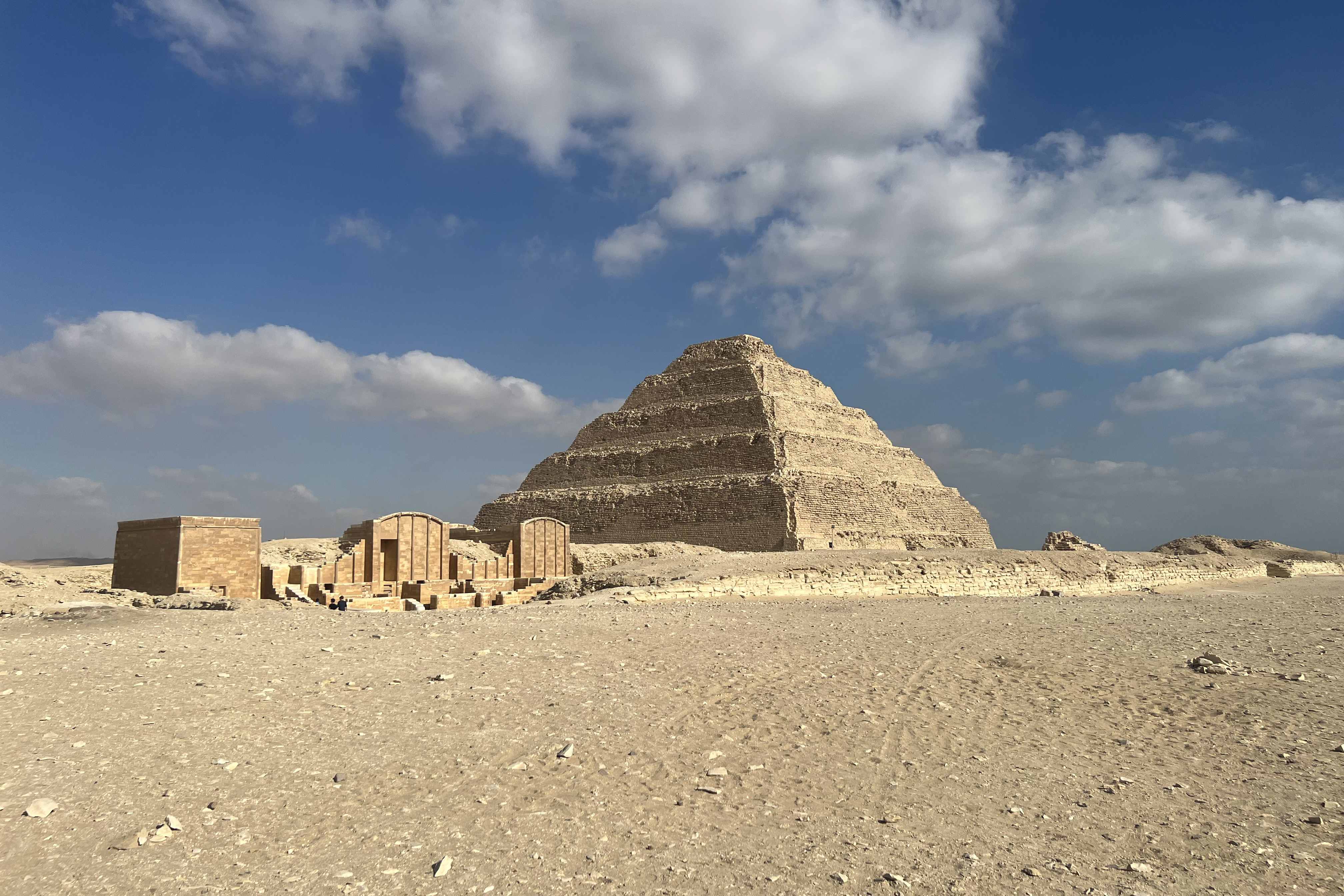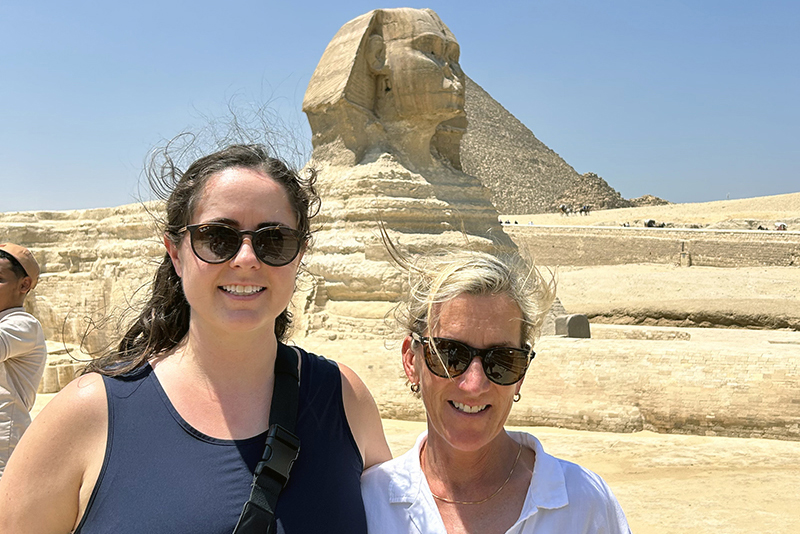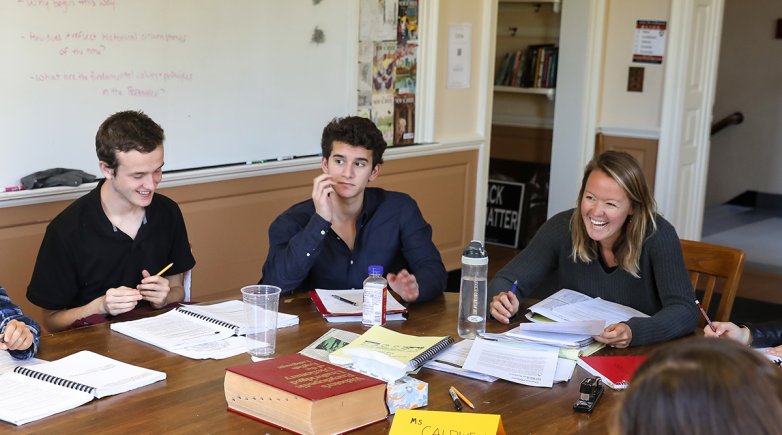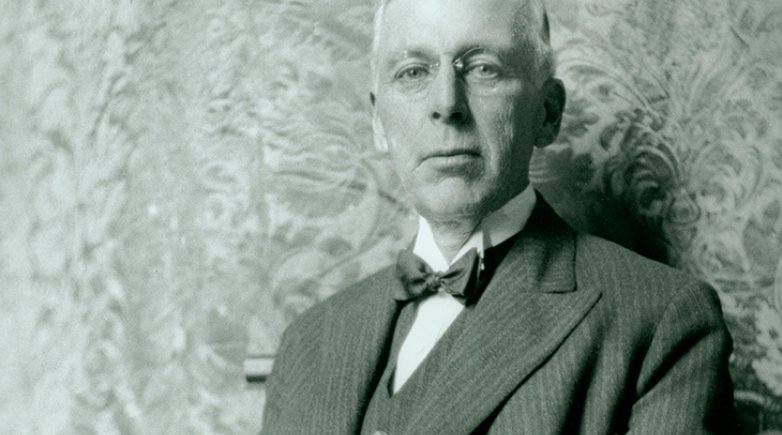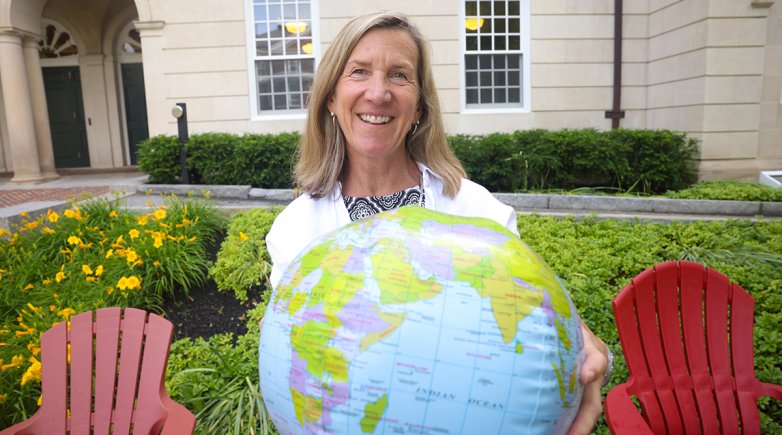Destination Egypt
Instructor in History Sally Komarek documents her trip to Cairo spreading the word of Harkness.
This summer I traveled to Cairo, Egypt, with Global Initiatives Program Director Patty Burke Hickey to teach at the Cairo American College, where Exeter introduced the Harkness model in 2015. Each day offered a new gift. Here’s a look at what I learned about myself and my craft by sharing our practice and exploring a new culture.
August 6-7
Patty and I arrived at Boston Logan International Airport on Sunday afternoon, excited to begin our journey. While waiting for our flight, we chatted about our instruction plans for our time at Cairo American College (CAC). Neither of us had traveled to Egypt before, but we had connected with friends, colleagues and family members who shared suggestions for places to eat, shop and explore. After two lengthy flights and a three-hour layover in London, we landed in Cairo around 5:30 p.m. local time. We enjoyed a late dinner with others, such as individuals working as street sweepers, and children. This was such a beautiful way to meet local Cairenes and learn about the city, its rich history, and the agricultural practices and culinary traditions that make their dishes so special. We ended the tour with full bellies and some new menu ideas to take home.
August 8
We planned our first day as an adjustment period to help us get over any jet lag. After getting a sweat in at the hotel gym, we made our way to the pool to discuss our ideas for the next day’s lessons. We knew that we’d be working with a group of 12 to 15 teachers, and that their experience with Harkness was mixed. Some teachers had participated in numerous Harkness training sessions with current and former Exeter colleagues, and others were brand-new. We decided to use reflection and goal-setting to pull CAC teachers into the conversation regardless of their familiarity with Harkness.
With our Wednesday plan final, Patty and I set out for downtown Cairo, where we took a food tour with Bellies En-Route, a women-owned company that leads zero-waste tours. We started out eating koshari, the national dish of Egypt, a delicious medley of pasta, rice and lentils. We also tasted falafel (made from fava beans, not chickpeas), okra, an assortment of juices (my favorite was tangerine), baba ghanouj and a warm bowl of molokhia, a spinach-like vegetable. We were so appreciative that at every stop our tour guides shared any leftover food overlooking the Nile River, then crashed from the exhaustion of a full day of traveling.
August 9
Patty and I woke early and arrived at CAC at 7:30 a.m. to begin setting up to lead workshops with the humanities faculty. The session started with brief introductions before we asked teachers to journal a personal “Problem of Practice” as it pertains to their Harkness classrooms. There are about 22 students per classroom at CAC and the Harkness table seats 16 to 18 students. The conversation was rich with the challenges of Harkness learning in a larger classroom: How do I build strong student habits and establish classroom norms? How should I give feedback and evaluate participation and engagement? How can I balance participation among so many students? And notably, how do I involve those students on the outside of the Harkness table.
In the afternoon, Patty and I facilitated a Harkness demonstration. The teachers read some short poems from Lamont Poet Natasha Trethewey’s Beyond Katrina: A Meditation on the Mississippi Gulf Coast and Nancy Gibbs’ 2005 Time magazine article “An American Tragedy: The Aftermath.” The conversation was lively, engaging and demonstrated many of the same dynamics we see around our own Harkness tables at Exeter. We wrapped up at CAC and headed back to our hotel, where we reviewed the class’ “Problem of Practice” reflections over dinner and made our plan for Thursday’s sessions.
August 10
We opened our second day of Harkness training with a debriefing about the previous day’s work. Like any Harkness conversation at Exeter, each individual experienced the conversation differently. We unpacked the direction of our conversation, returned to some key moments, and talked over a variety of possible interventions to employ as a Harkness instructor.
Next, we led a session on inclusive Harkness practices; multiple ways of giving feedback; preparation and close-reading practice; “silent discussions”; and discussion roles, among other strategies. The dialogue from this session stretched into lunchtime, and we enjoyed delicious sandwiches while collaborating with one another. After lunch, we split up by discipline to discuss department-specific questions, skill building and written assessments.
For our final session of the week, we returned to the “Problem of Practice” cards from our first session, and asked colleagues to identify new solutions, plans and practices to help them work through their initial “problems” and identify a colleague they can partner with throughout the year. It was terrific to end on such a high note, and the enthusiasm to begin a new school year was palpable. Patty and I carried that energy back to campus.
August 11
We kicked off a weekend of tourism with a trip to the Saqqara and spent a few hours exploring the vast sites and grounds of the step pyramids. Our incredible tour guide, Yomna, explained every historical detail. In the Serapeum, an ancient burial site for sacred bulls, we were blown away by the massive stone sarcophagi nestled deep underground. Touring was such a positive experience and reminded me of how transformative in-person experiences can be when studying history. It made me eager to work in more field trips, day trips and hands-on exploration into my coursework at Exeter.
August 12
We traveled west to explore the famous Giza pyramids. Standing next to the individual blocks of the pyramid, it put into perspective just how massive the pyramids really were. Imagining their construction around 3200 B.C., I was in awe that these magnificent structures predate all of Exeter’s History offerings by more than two centuries. Our next adventure brought us to the Great Sphinx of Giza, which was (you might sense a theme here) even more massive than one could ever imagine! After an incredible day we returned to our hotel with our phone camera rolls full.
August 13
Our final day began with a drive to the Citadel of Cairo, or Citadel of Salah ah-Din. I asked Patty to snap some photos of me in front of the Citadel to show to my future students in HIS205: The Medieval Worlds, as Salah ah-Din is a crucial historical figure in our course study. From there we entered the Muhammad Ali Mosque, which was one of the most breathtaking buildings I’ve ever stepped into. The entire experience was unforgettable. Next, we drove to Old Cairo, where we saw the spectacular Crypt of the Holy Family and the famous Hanging Church. We then spent hours exploring the exhibits, including the mummies, at the National Museum of Egyptian Civilization. The day ended with a trip to Khan al-Khalili market and a felucca ride on the Nile.
August 14
Morning came early for us as we headed to the airport at 5 a.m. to start the journey back to Boston. I am so grateful for our time in Egypt. I gained so much as a teacher of history and Harkness instructor.
This article first appeared in the Fall 2023 issue of The Exeter Bulletin.
